Abstract Expressionism & Pop Art

Takashi Murakami

Your Title Goes Here
Takashi Murakami is a Japanese pop/contemporary artist known for his wild imagery and inviting yet bizarre works. Murakami’s work uses extremely bright colours, reoccurring characters and images, anime-inspired imagery and a mix between glossy and matte mediums on the same work. He was inspired by ukiyo-e prints, post-war Japanese low art like manga, and modern pop culture in japan to create what he deemed “Superflat” art. This term refers to both how his art uses flat planes and how the differentiation between high and low art has disappeared and become flat. Murakami makes statues and high art as well as products for the general public like clothing, album covers, merchandise, and animations.
I went to his 2016 show “Juxtapox x Superflat” at the VAG and remember being amazed by the massive scale of his work and how beautiful the imagery was. I personally feel he is one of the best artist working today as his art is for everyone and still shows an immense prowess and love of the craft.

Sources
https://en.wikipedia.org/wiki/Takashi_Murakami
http://www.artnet.com/artists/takashi-murakami/
https://gagosian.com/artists/takashi-murakami/

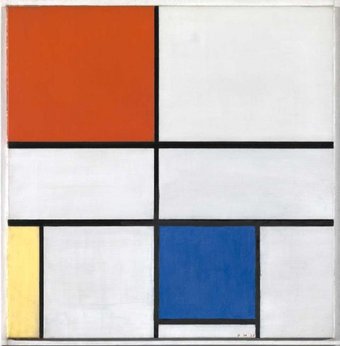
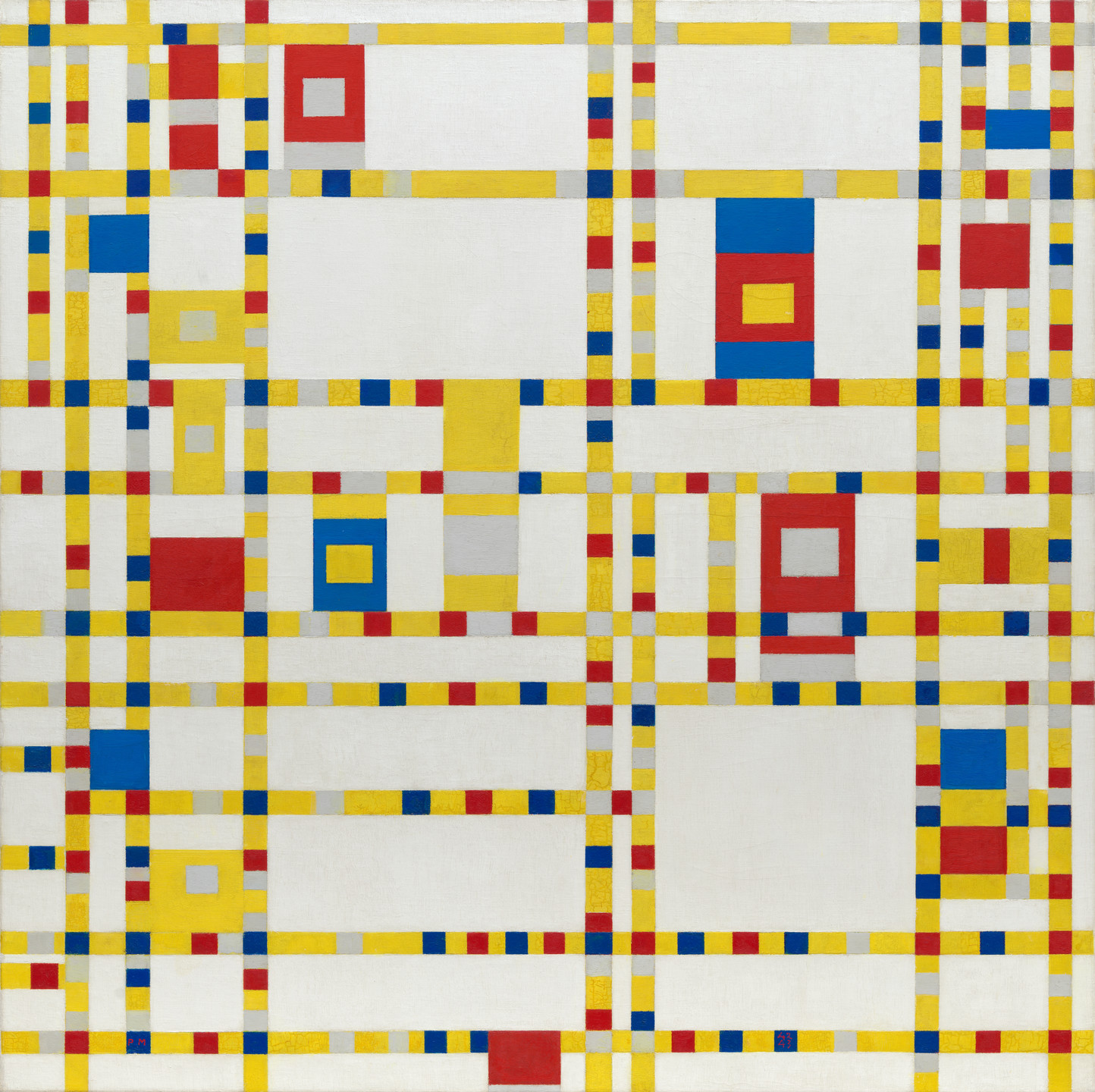
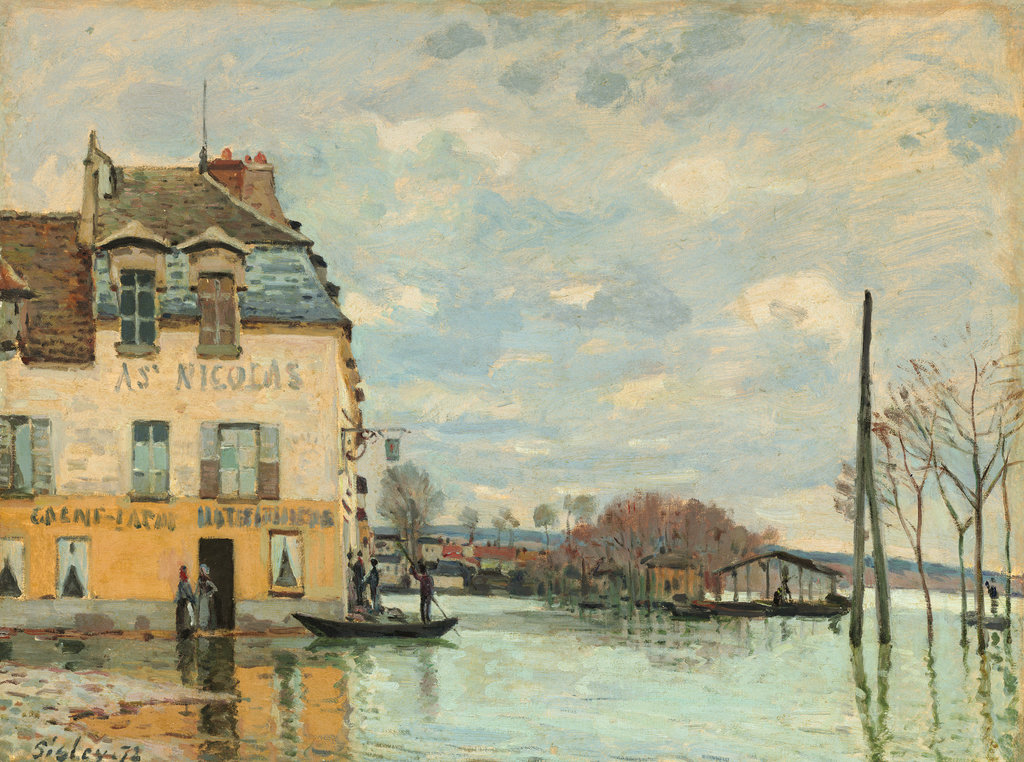



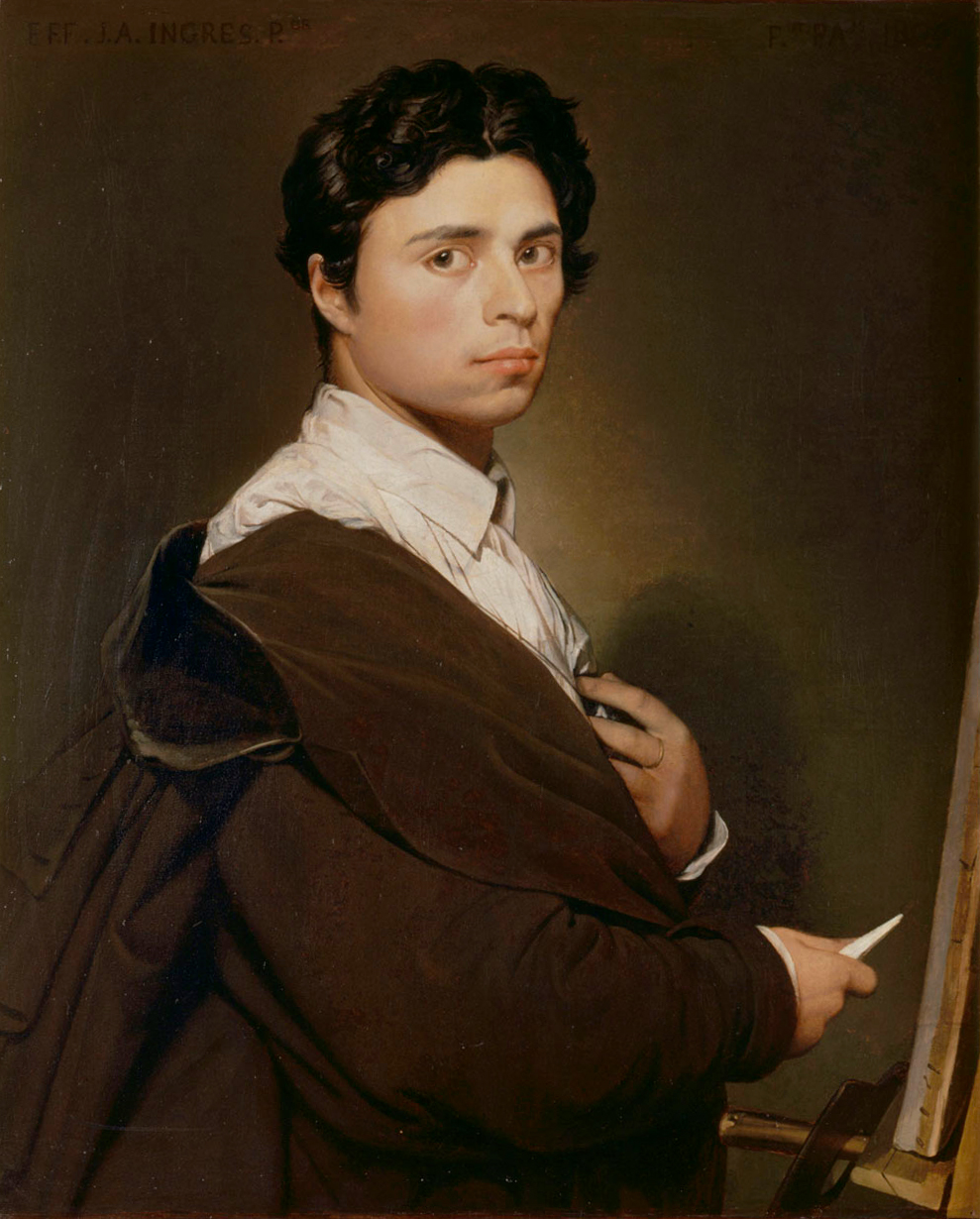
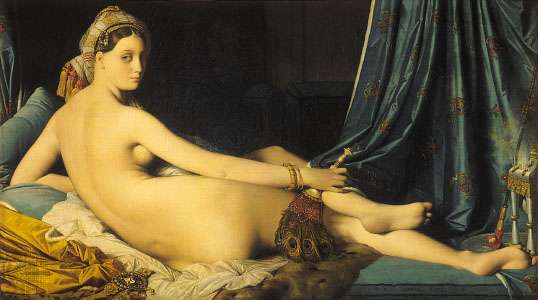


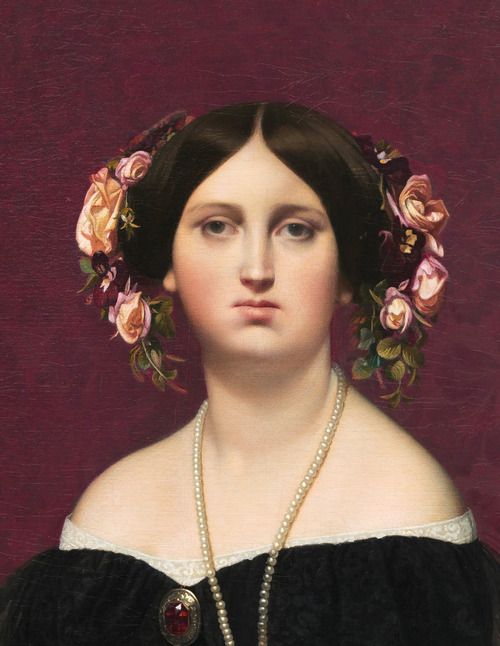



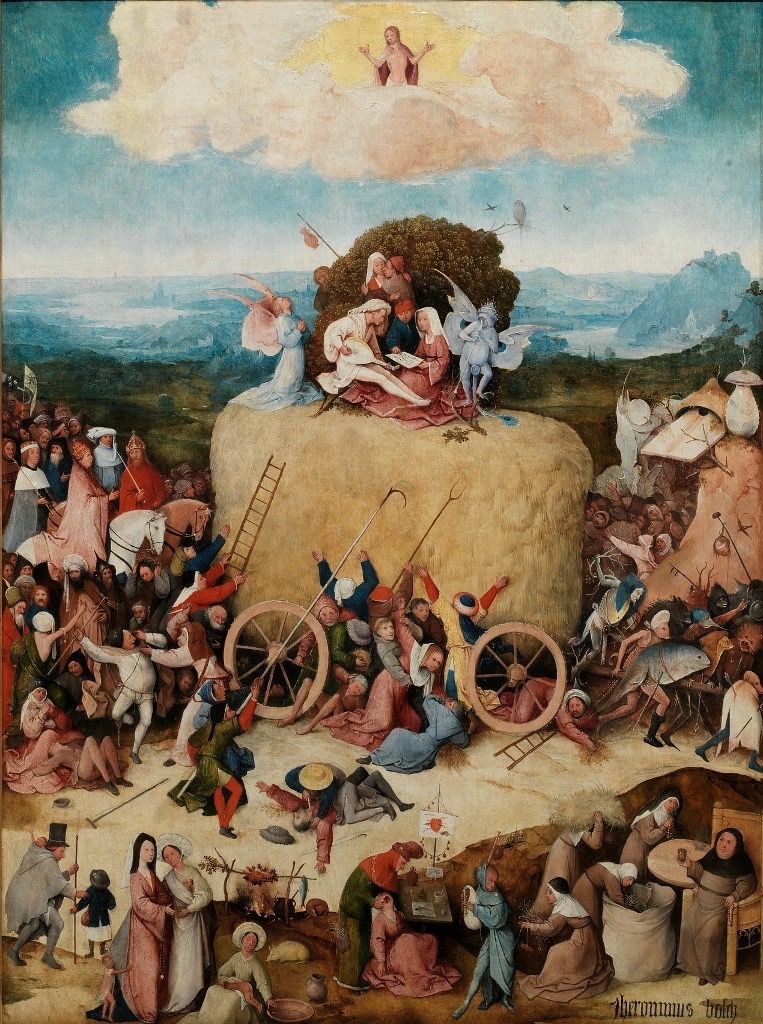


Recent Comments